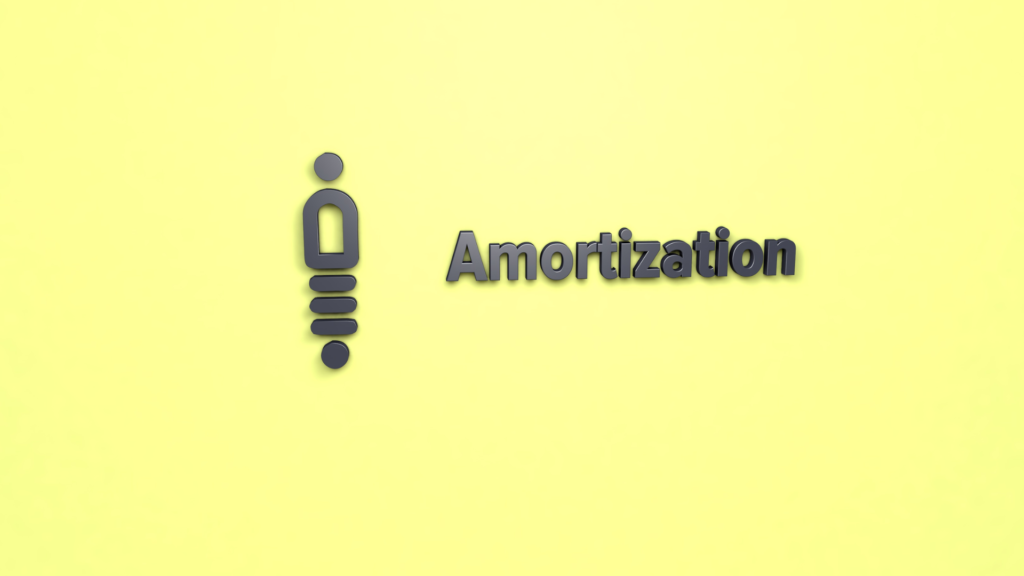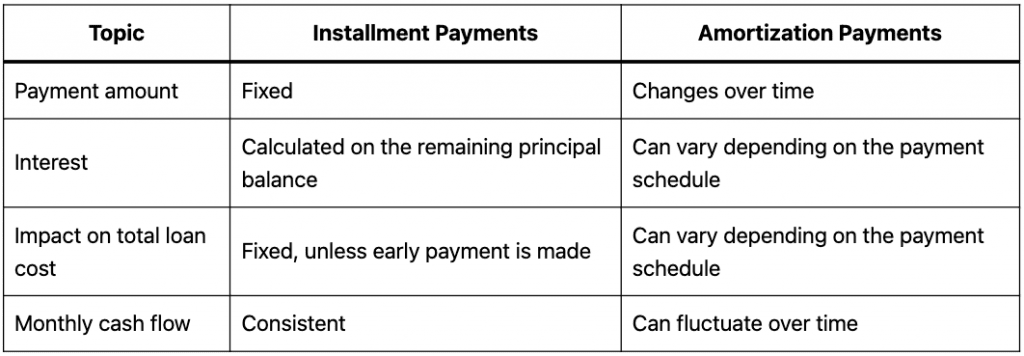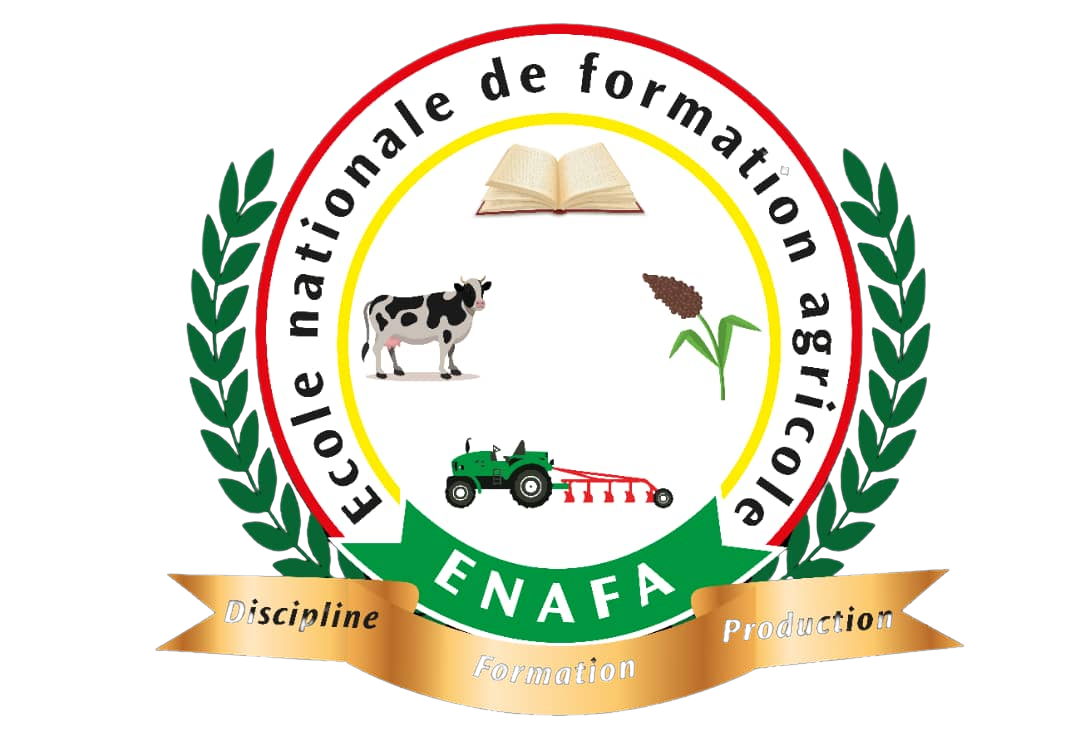Accounting for Patents: Valuation, Amortization, and Tax Effects

As intangible assets, patents present unique challenges in financial reporting and taxation, requiring specialized accounting practices to accurately reflect their value and cost. The cost-based method, on the other hand, focuses on the expenses incurred in developing or acquiring the patent. This method is straightforward but may not fully capture the patent’s potential to generate future economic benefits. It is often used as a baseline valuation, particularly for internally developed patents where market or income data may be sparse.
Deducting Patent-Related Expenses
The result is the business ended the year with a positive cash flow of $3.5 billion, and total cash of $14.26 billion. This cash flow statement shows Company A started the year with approximately $10.75 billion in cash and equivalents. Having negative cash flow means your cash outflow is higher than your cash inflow during a period, but it doesn’t necessarily mean profit is lost. Instead, negative cash flow may be caused by expenditure and income mismatch, which should be addressed as soon as possible.
Cash Flow Statement Indirect Method
Be aware that the research and design (R&D) prices required to develop the thought being patented cannot be included as part of the capitalized price of a patent. The concept behind this remedy is that R&D is inherently risky and without assurance of future gain, so it shouldn’t be thought of an asset. The straight-line amortization methodology is much like the straight-line methodology of depreciation. Most firms use the straight-line methodology to amortize intangible property as a result of the property functioning consistently over time. Upkeep charges are also charged every 3.5, 7.5, and 11.5 years to continue the patent’s validity. There may also be a submitting price that relies on a variety of claims related to the invention’s specific utility, which can range from $400 to $1000, or more.
Can you provide an example of a journal entry to capture the amortization of a patent expense?

While this approach may provide a more conservative view of financial performance, it can also make it challenging to assess the long-term value generated by the patent. For example, a company that expenses a $50,000 legal fee for a patent in one year will see a direct reduction in that year’s net income, potentially affecting investor perceptions and stock prices. Understanding the tax implications of patent amortization is crucial for inventors and businesses alike.
- Once our amortization schedule is filled out, we can link directly back to our intangible assets roll-forward.
- Patent licensing is a strategic avenue for companies to monetize their intellectual property without directly manufacturing or selling products.
- The process of gradually charging the cost of a patent to expense over its useful life using the straight-line method is known as amortization.
- This allows the company to not only deduct the cost of the patent in a more economical manner but also to identify and track the cost of the patent properly in the accounting system.
A debit will increase the patent account, which is an asset on the balance sheet. GAAP permits only patents acquired from third parties to be recorded in your balance sheet and amortized. Patent licensing is a strategic avenue for companies to monetize their intellectual property without directly manufacturing or selling products. Licensing agreements can vary widely, from exclusive licenses that grant a single entity the rights to use the patent, to non-exclusive licenses that allow multiple entities to benefit from the patented technology.
Strategies for Effective Patent Amortization
Companies should take into account the cost of the patent, the useful life of the patent, and the impact the patent will have on the business when amortizing a patent. For example, a pharmaceutical company that has developed a new drug will patent the formula. Assuming the drug’s patent is valued at $10 million and has a 20-year lifespan, the company would amortize $500,000 annually.
While preparing the statement of cash flows, the treatment of amortization of intangible assets is similar to the treatment of depreciation on fixed assets. It is a non-cash expense and is added back to the net income in the operating activities section under the indirect method. Like depreciation, amortization has nothing to do with the investing activities section. The goal is to match the patent’s cost with the revenue it generates, thereby reflecting a more accurate financial picture.
Upon dividing the additional $100k in intangibles acquired by the 10-year assumption, we arrive at $10k in incremental amortization expense. The basis for doing so is based on the need to match the timing find every deduction with turbotax self 2020 of the benefits along with the expenses under accrual accounting. Therefore, public companies must adhere to the matching principle in accounting by recording the entire expense on the income statement.
One widely used approach is the market-based method, which involves comparing the patent in question to similar patents that have been sold or licensed. This method can provide a benchmark, but it requires a robust database of comparable transactions, which may not always be available. Changes in market conditions, technological advancements, or shifts in the competitive landscape can impact the expected useful life of a patent. For instance, if a new technology renders a patented invention obsolete, the remaining unamortized cost may need to be expensed immediately.
